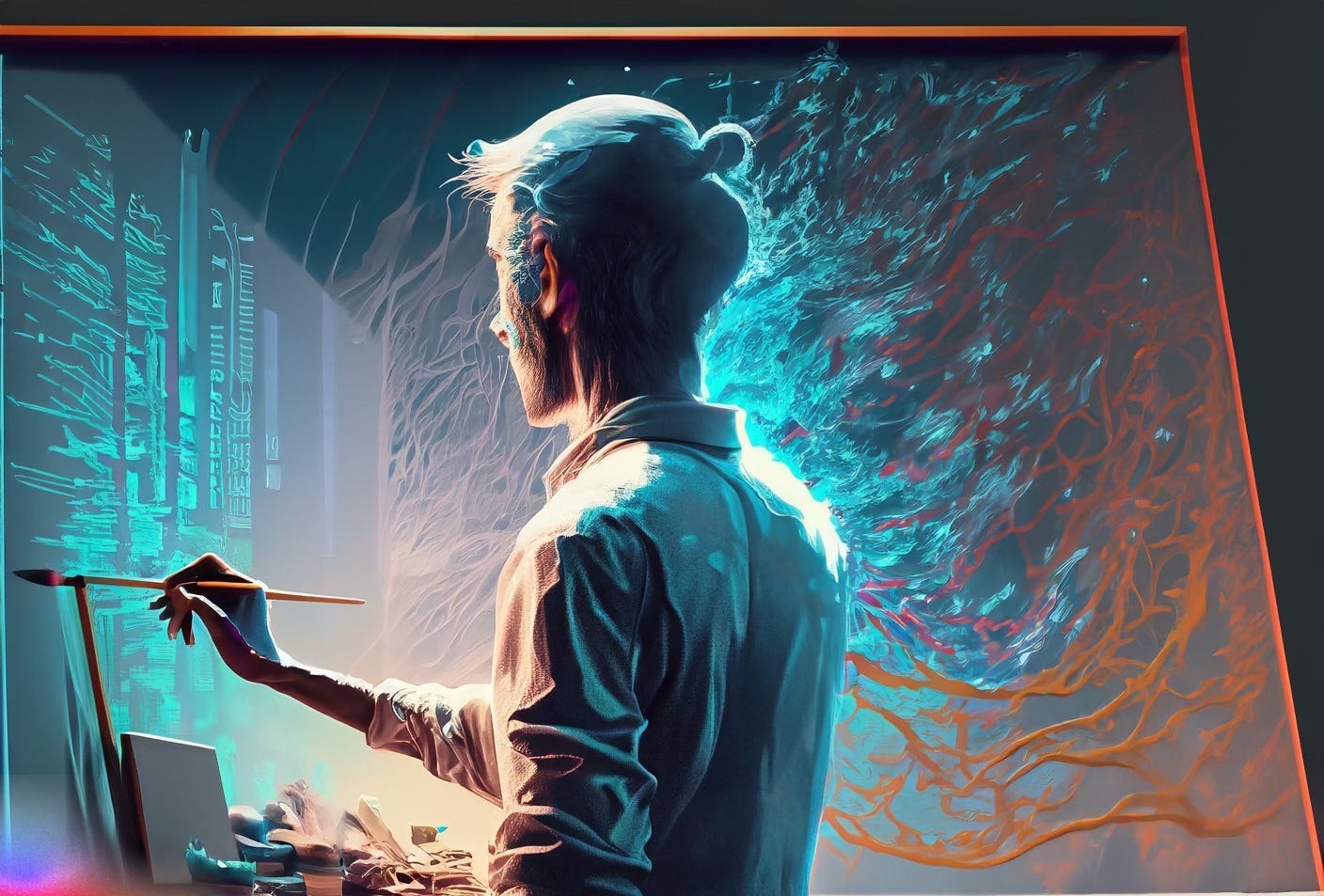Is Adobe Firefly’s “Ethical Dataset” just a PR stunt?
In a world where AI-generated art is on the rise, Adobe's Firefly and Stable Diffusion have sparked a debate about the ethics of training datasets in AI art tools. This clash between open source and corporate control could have far-reaching consequences, especially for artists.
Adobe's Firefly, a cutting-edge image generator, has touted its ethical credentials by claiming its dataset relies solely on licensed and public domain images, firing a shot across the bow at Laion, the non-profit organization that publishes open-source datasets to be used for various types of AI training. This, however, is more about optics than true ethical commitment. Though Adobe Stock contributors technically license their work, they don’t receive compensation and many may not realize their images are being used for AI training. Many of the same supposed critiques of Laion still hold with Adobe Spark. Behind the righteous bluster, Adobe Spark seems to be more about assuaging possible legal concerns of corporations than ethical concerns of creatives.
The Battle of Datasets: Laion-5B vs. Adobe
Both the Laion-5B dataset (used to train Stable Diffusion) and Adobe's training data were obtained legally, but their accessibility differs significantly. Laion-5B is open source, freely available to all, while Adobe's dataset is shrouded in secrecy, with its models living behind the Creative Cloud paywall.
Open source datasets like Laion-5B offer a more equitable approach to AI training, allowing independent artists to create projects that reflect their unique visions. This fosters greater diversity and representation in AI technology, leveling the playing field for indie artists.
The Economics of Open Source vs. Corporate Control
The training dataset debate has serious economic implications for independent artists and small indie teams. Closed datasets create economic barriers and consolidate resources, favoring corporations over individual artists. In contrast, open source models empower independent artists to develop and refine their own models, enabling them to compete and even find niches in markets too small to attract corporate investment.
Supporting closed datasets not only restricts access to AI technology, but it also diminishes economic opportunities for artists who wish to break free from dependence on established publishers and studios. The result? A less diverse, less equitable future for everyone—particularly artists.
Representation in the AI Art World
Embracing open source datasets also enables the development of AI models that encompass a broad range of cultures, languages, and perspectives. Such diverse representation fosters a more equitable distribution of resources and opportunities.
Closed datasets developed by a single team may not accurately represent other regions or cultures, while open source models can be built collaboratively by contributors from around the globe. This leads to more nuanced, diverse representations in AI-driven art, paving the way for a more inclusive future in AI technology.
The fight to preserve open source AI is far from over. By championing open source models and resisting corporate monopolies in the AI space, we can ensure that artists worldwide have access to the resources they need to develop innovative projects on their own terms. It's time to stand up for a more diverse, representative, and open future for all.
More from Newart:





